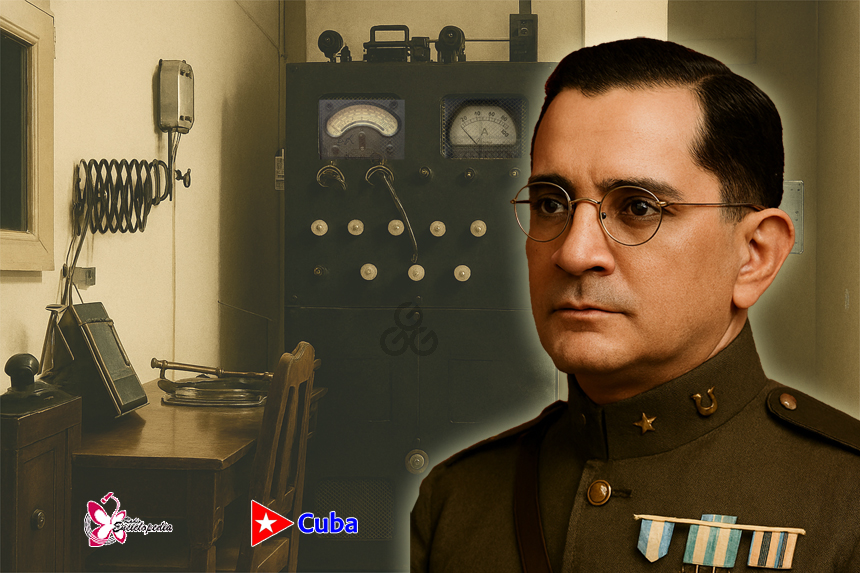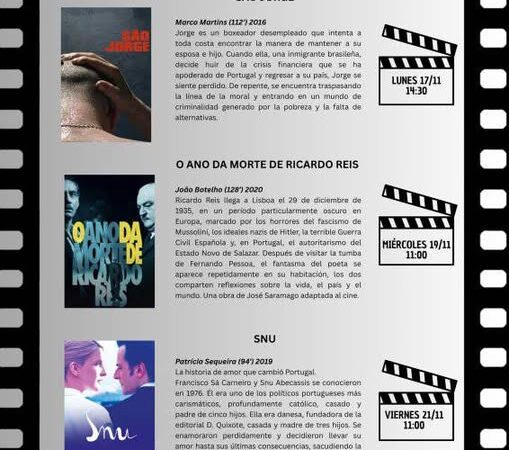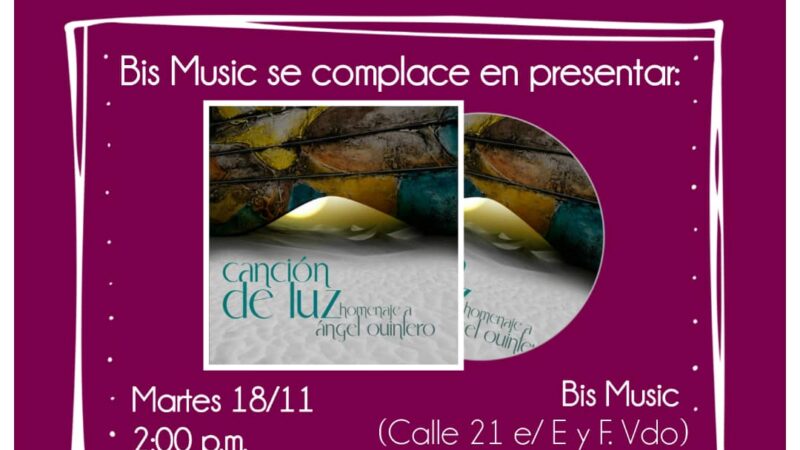Voices on the Air: Cuban Radio

When Italian physicist Guglielmo Marconi transmitted his first radio signal in May 1897, he could hardly have imagined the enormous global impact of his discovery. Even less could he have foreseen that Cuba—then embroiled in a struggle for its independence—would eventually host numerous radio stations, some of which became iconic for their distinctive formats, such as Radio Reloj and Radio Enciclopedia.
Luis Casas Romero: A Pioneer of Cuban Radio
In the early hours of August 22, 1922, a radio signal broke the silence over Havana. From his home on Calle Ánimas in Centro Habana, musician and veteran mambí Luis Casas Romero launched Cuba’s first radio station. The station featured a program that combined the weather forecast, music, and the famous «cañonazo de las nueve.» The station’s call sign, 2LC—an homage to Romero’s illustrious name—marked the birth of a medium that would transform the country.
Shortly after, on October 10 of the same year, a station equipped with American technology began broadcasting from the Cuban Telephone Company building on Calle Dragones at the corner of Águila. It delivered the speech of then-President Alfredo Zayas in both Spanish and English, accompanied by the Banda del Estado Mayor under Romero’s direction.
By December 1923, Cuba had already established 31 radio stations, many of which were founded by amateur radio enthusiasts like Joaquín Venero Obregón. He established CMKZ La Voz del Cauto in Palma Soriano in 1934, bringing culture to the rural eastern regions.
The Golden Age and the Shadow of Monopolies (1930–1958)
The 1930s saw radio emerge as a cultural and commercial powerhouse. By 1939, 80 stations operated across Cuba, but the following decade brought aggressive corporate consolidation. Networks such as Circuito CMQ emerged, building Radio Centro in Vedado in 1946, a complex that included studios and the theater now known as Cine Yara. U.S. multinational advertising flooded radio programming, while radionovelas—of which Cuba was a pioneer in 1941—captivated mass audiences.
In contrast, on July 1, 1947, Radio Reloj was launched, innovating with continuous news and announcing the precise time every minute, broadcasting its iconic «tic-tac» 24 hours a day. Until the triumph of the Cuban Revolution, radio remained a monopoly of private consortia, heavily laden with commercial propaganda; however, committed individuals subtly broadcast revolutionary messages.
On February 24, 1958, coinciding with the 63rd anniversary of the start of the Necessary War, Cuba’s first revolutionary radio station, Radio Rebelde, was founded in the steep mountains of the Sierra Maestra by Commander Ernesto Guevara. Operating with a 140-watt transmitter, the insurgent station coordinated guerrilla efforts. Recognizing its impact, Fidel Castro described it as «an instrument of mass dissemination with political significance.»
Revolution on the Airwaves: Nationalization and New Horizons (1959–1990)
Following the victory in 1959, Cuban radio underwent a significant transformation. On November 16, 1960, the Frente Independiente de Emisoras Libres (FIEL) transferred its facilities to the state, and commercial advertising was abolished in March 1961. On May 1 of the same year, Radio Habana Cuba was launched as the international voice of the Revolution; its first transmitter in Bauta broadcast Fidel Castro’s speech after the Playa Girón victory, marking the first major technological effort to convey Cuba’s narrative to the world.
The establishment of the Cuban Institute of Broadcasting (ICR) in 1962—later renamed ICRT in 1975 as television was included—unified the network under the guiding principles of «patriotism, socialism, and public service.» National coverage was prioritized: in 1959, there were 156 repeaters, and by the 1990s, the number increased to around 800 transmitters, reaching 98% of the territory. Notable stations include Radio Enciclopedia, devoted to instrumental music, Radio Musical Nacional, which focuses on classical music, and the well-known Radio Reloj.
Radio Today: Heritage and Digital Challenges
After more than a century, Cuba’s radio system consists of over a hundred stations, including six national, 19 provincial, and more than 70 municipal outlets. Digitalization, initiated in 1998, allows for audio production in digital formats and transmission via fiber optics to 26 centers across the country. Most stations have established websites, and many offer live streaming online.
Researchers like Oscar Luis López (La radio en Cuba) and Josefa Bracero Torres (Rostros que se escuchan) have worked to preserve the history of Cuban radio. Books such as CMKZ: Radio Baraguá by Eddy Bolaños and Radio Encrucijada Cuba by Amador Hernández safeguard local histories that, as Mariana Venero noted, «deserve to be part of the nation’s heritage.»
More than 103 years after Casas Romero first held a microphone out the window to broadcast the cañonazo de las nueve live, Cuban radio continues to be «a sound to behold.»
Returning to the Founder
Luis Casas Romero was born in Camagüey on May 24, 1882. He was a composer, flutist, conductor, and a pioneer of Cuban radio, adeptly blending artistic musicality, patriotic commitment, and technological innovation.
A child prodigy, he began studying music at the age of nine and joined the Sociedad Popular Santa Cecilia Orchestra at eleven. At fifteen, he fought in the War of Independence under General López Recio.
After the war, he founded the Banda Infantil de Camagüey (1901) and later moved to Havana, where he excelled as a flutist and conductor in theaters such as Martí and Alhambra and served as a professor at the Conservatorio Nacional Hubert de Blanck from 1909.
As a composer, he wrote over 500 works, including zarzuelas, danzones, and boleros. He is particularly remembered for founding the Cuban criolla genre with emblematic pieces like Carmela and El Mambí. He passed away in Havana on October 30, 1950.
Translated by Luis E. Amador Dominguez



